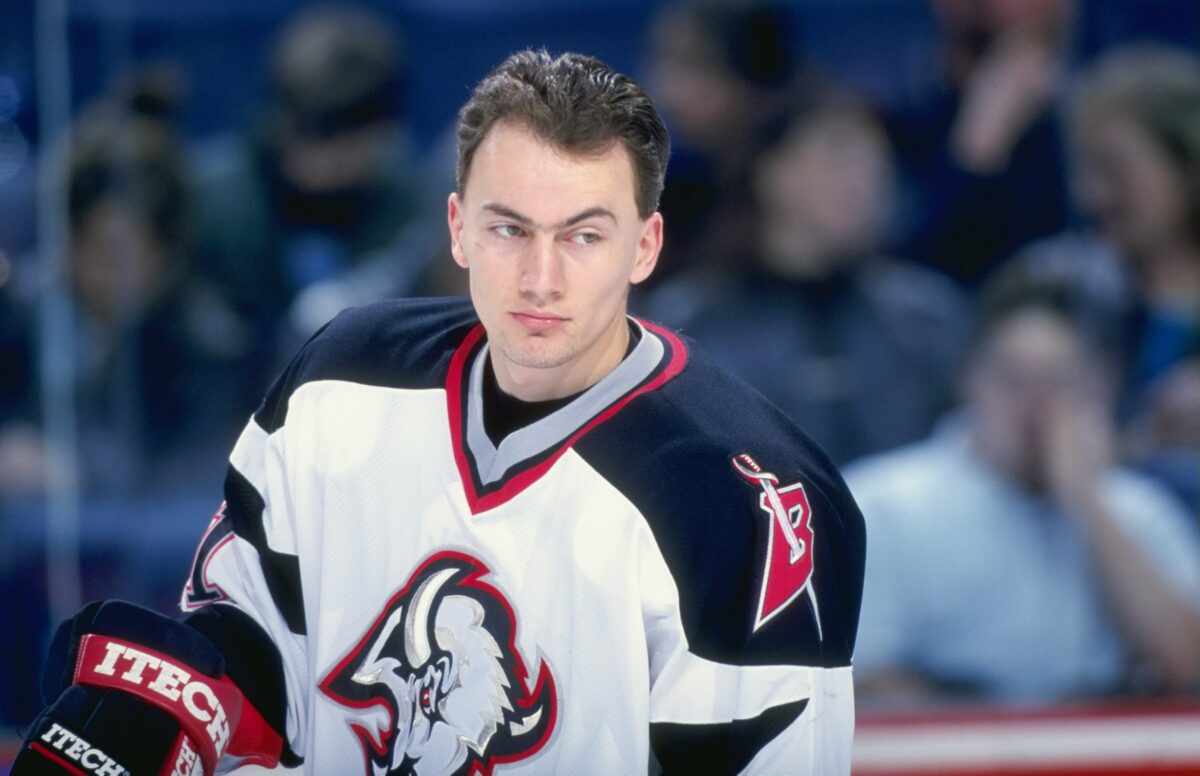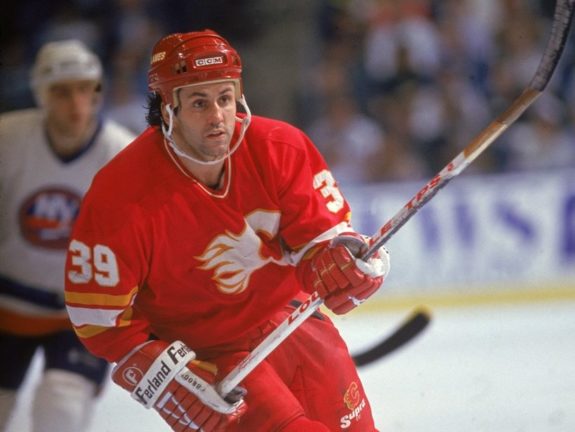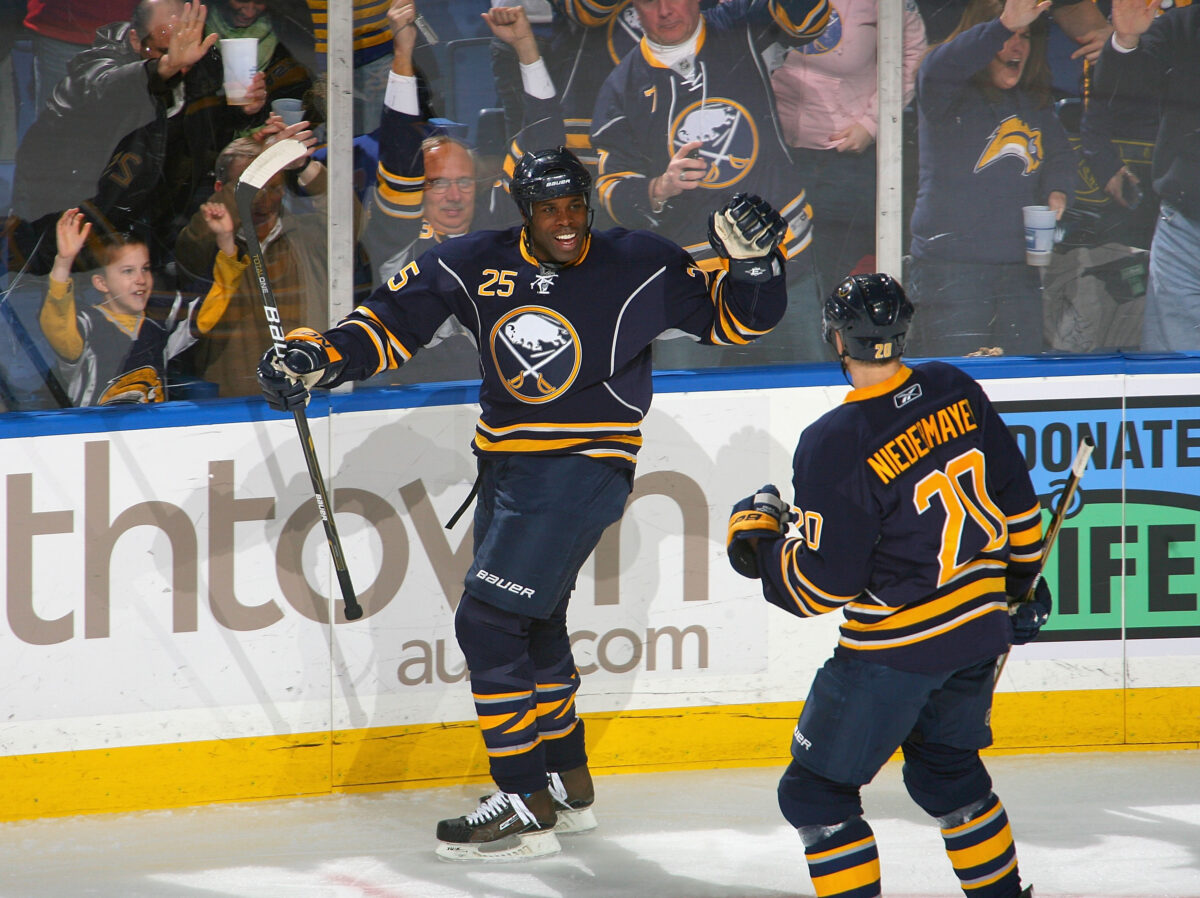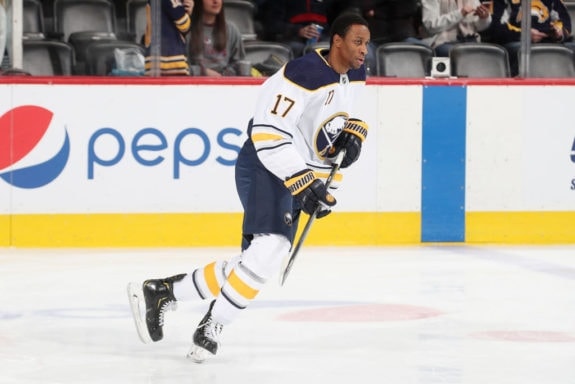*this was written ahead of the 2023 NHL Trade Deadline
The trade deadline is always the wildest time of year in the NHL. The media and fans alike try to predict what will happen as contending teams look to add a big piece in preparation for a playoff run while struggling teams look to sell high and move towards the future.
And while it seems that the Buffalo Sabres have been perpetual sellers in recent memory, before their ongoing 11-year playoff drought, the team made a number of notable upgrades as well. As the 2023 Trade Deadline approached, the Sabres found themselves within reach of the postseason for the first time in years. Whether or not they would attempt to make a big move was a subject of high intrigue. In that spirit, let’s take a look back at some of the best deadline upgrades the Sabres have made. Whether it was in an attempt to further their chances of immediate success or one that worked out down the road, there are numerous examples.
Most of these were the handiwork of Darcy Reiger. The controversial executive was general manager of the Sabres for 16 years from 1997 to 2013 and while it truly boggles the mind that he lasted for that long, it’s important to remember that he did manage to pull off a few good moves in his tenure.
1997 – Miroslav Satan
The Sabres sent the largely unknown Craig Millar and Barrie Moore to the Edmonton Oilers in exchange for 22-year-old Miroslav Satan in March 1997 and it proved to be one of their best and most one-sided trades ever. After struggling to find himself in Edmonton, Satan immediately blossomed with the Sabres and scored eight goals in 12 games to finish out that season. He went on to lead the team in scoring on six different occasions.

Despite this, Satan is a polarizing figure in Sabres history and he was frequently criticized as inconsistent, something that makes no sense when considering he scored 20 or more goals in every full season he played with the team (including 40 in 1998-99 that helped send the team to the Stanley Cup Final). The Slovak was one of the few truly viable offensive threats they team possessed in that era, which made their decision to not re-sign him after the 2003-04 season all the more puzzling. In 578 career games with the Sabres, he recorded 456 points and deserves to be remembered as one of the best players to don the Buffalo black and red.
1999 – Stu Barnes
After having the Eastern Conference’s top record at the midway point of the 1998-99 season, injuries (most notably a groin ailment that sidelined Dominik Hasek for 12 games) caused the Sabres to decline sharply in the second half. More firepower would be needed to keep the pressure off the goaltender and Stu Barnes was one of the players acquired to address the issue, coming from the Pittsburgh Penguins in exchange for longtime forward Matthew Barnaby in March 1999.
Barnes’ Sabres career got off a tough start as he recorded just four assists in 17 games to close out the regular season. However, he turned it on in the playoffs and scored seven goals to help Buffalo reach the Stanley Cup Final. He went on to spend four strong seasons with the team and proved to be an excellent postseason performer. He eventually became team captain in 2001 and served in role the role until he was traded in 2003.
2000 – Doug Gilmour & JP Dumont
This one is crazy in hindsight. In March 2000, the Sabres sent Michal Grosek to the Chicago Blackhawks in exchange for two players, Doug Gilmour and JP Dumont. Grosek had been a solid contributor for the Sabres, but inconsistency prevented him from ever reaching his peak. Unloading him for a future Hall of Famer in Gilmour was a steal in its own right, but Dumont proved to be a valuable addition as well.

Gilmour excelled to close out the 1999-2000 season, posting 17 points in 11 games and helping the Sabres to the postseason, where they lost to the Philadelphia Flyers in the opening round. He put up a strong showing the following season as well before departing as a free agent in the summer of 2001.
Dumont, however, proved to be the true centerpiece. The winger didn’t debut until the following season, but quickly became a mainstay, scoring 40 or more points in four of the five seasons he spent in Buffalo. Unfortunately, like so many other of the team’s best players of the early-to-mid 2000s, Dumont was inexplicably allowed to walk away and he signed with the Nashville Predators in the summer of 2006.
2003 – Daniel Briere
March 2003 was one of the most pivotal times in Sabres’ history. After the team was saved from relocation after being purchased by Western New York-native Tom Golisano, Regier was tasked with rebuilding a dilapidated roster that had sharply declined over the previous season and a half. As a result, many big name players were let go, including Barnes and longtime winger/enforcer Rob Ray. In a third transaction, Chris Gratton was sent to the then-Phoenix Coyotes in exchange for Daniel Briere. It may have seemed like a throwaway at the time, but it couldn’t have worked out better for Buffalo.
Related: Sabres’ Lack of Adjustment is Ruining Their Playoff Hopes
Starkly contrasting the towering Gratton, the short but speedy Briere was relatively unknown despite his strong showings in the Desert, but he quickly made the Coyotes look foolish for parting with him. After 12 points in 14 games to finish out the 2002-03 season, he wasted no time in establishing himself as one of the Sabres’ top offensive threats, using his speed and handling abilities to both create and convert scoring chances.
Head coach Lindy Ruff named him and Chris Drury as co-captains before the 2005-06 season. With the two at the helm, the team went on back-to-back runs to the Eastern Conference Final. Of course, everyone knows what happened next and we won’t get into it. But nevertheless, Briere remains one of the best trade acquisitions the Sabres have ever made.
2004 – Mike Grier
One year later, in 2004, the Sabres were experiencing improved fortunes and the makings of a strong, young team were coming together. Looking to rise to a playoff spot after a mid-season stumble, Mike Grier was acquired from the Washington Capitals to add further veteran presence. Though not a big scorer, Grier’s physicality and two-way ability quickly endeared him to fans in Buffalo and he proved to be a perfect fit for the developing team.

The Sabres narrowly missed the 2004 Postseason, despite their acquisition’s best efforts (nine points in 14 games). However, they took the NHL by storm the following season and finished with the third-best record in the Eastern Conference. Though he only recorded 23 points, Grier’s leadership and contributions were invaluable, as he excelled on the penalty kill and also found strong chemistry with Drury.
The injury-ravaged Sabres were defeated in the Eastern Conference Final in seven games. Like Dumont, Grier for some reason was not retained after the season and his absence was noticeable in the years that followed. He eventually returned to the Sabres in 2009 for two more seasons before retiring in 2011.
2007 – Dainius Zubrus
Regier was notorious for his cautiousness and he rarely went all in at the deadline, even if his team was in position to succeed. This was a notable exception, however. In February 2007, the Sabres were amidst a run for the ages and a Stanley Cup front runner with the best record in the NHL. Featuring a dynamic offense that led the NHL in goals, Regier bolstered it even further by sending a first-round pick to the Capitals for Dainius Zubrus.
Already having a terrific season with the Capitals to that point (52 points in 60 games), the centerman made the Sabres all the more lethal and it sent the message that they weren’t messing around. Zubrus lived up to the billing and was entrusted in big situations, including Game 5 of the second round when he was on the ice for Drury’s iconic goal.
Unfortunately, the addition still wasn’t enough to get them to the next level and the Sabres were defeated in the Eastern Conference Final once again, this time in five games. It shouldn’t come as a surprise at this point that the Lithuanian was not retained after the season and he signed with the New Jersey Devils.
2020 – Dominik Kahun & Wayne Simmonds
Over the next decade, the Sabres seemed to be perpetual deadline sellers, and on the few occasions where they did attempt to bring in a big piece, it failed. Fast forward to 2020, however, and the script suddenly changed. The Sabres started the 2019-20 season strong but fell in the standings at midseason. In February, the team was beginning to regain itself and general manager Jason Botterill made two subtle but strong additions. Dominik Kahun was acquired from the Pittsburgh Penguins and Wayne Simmonds from the Nashville Predators.

It might not have seemed like much on the surface; both moves paid dividends. Kahun recorded four points in six games and while Simmonds only posted one assist, the energy and hustle he brought was immediately noticeable. The timing proved to very unfortunate for both, however, as the season was halted seven games later due to the outbreak of the COVID-19 pandemic and the Sabres were one of the few teams that didn’t qualify for the restart later that year.
As is a theme on this list by now, neither player was retained the following offseason along with Botterill, who was fired as general manager over the summer. Despite fans wanting both players to stick around and even Simmonds himself stating he wanted to remain in Buffalo, new general manager Kevyn Adams didn’t see a need for either (from “NHL draft day: The Leafs could have interest in Wayne Simmonds, Max Domi traded to Columbus, Ottawa in Jeopardy!”, The Toronto Star, 10/6/2020). How much impact they would have had in the long run is debatable, but based on the small sample received, both players deserved another go-around.
